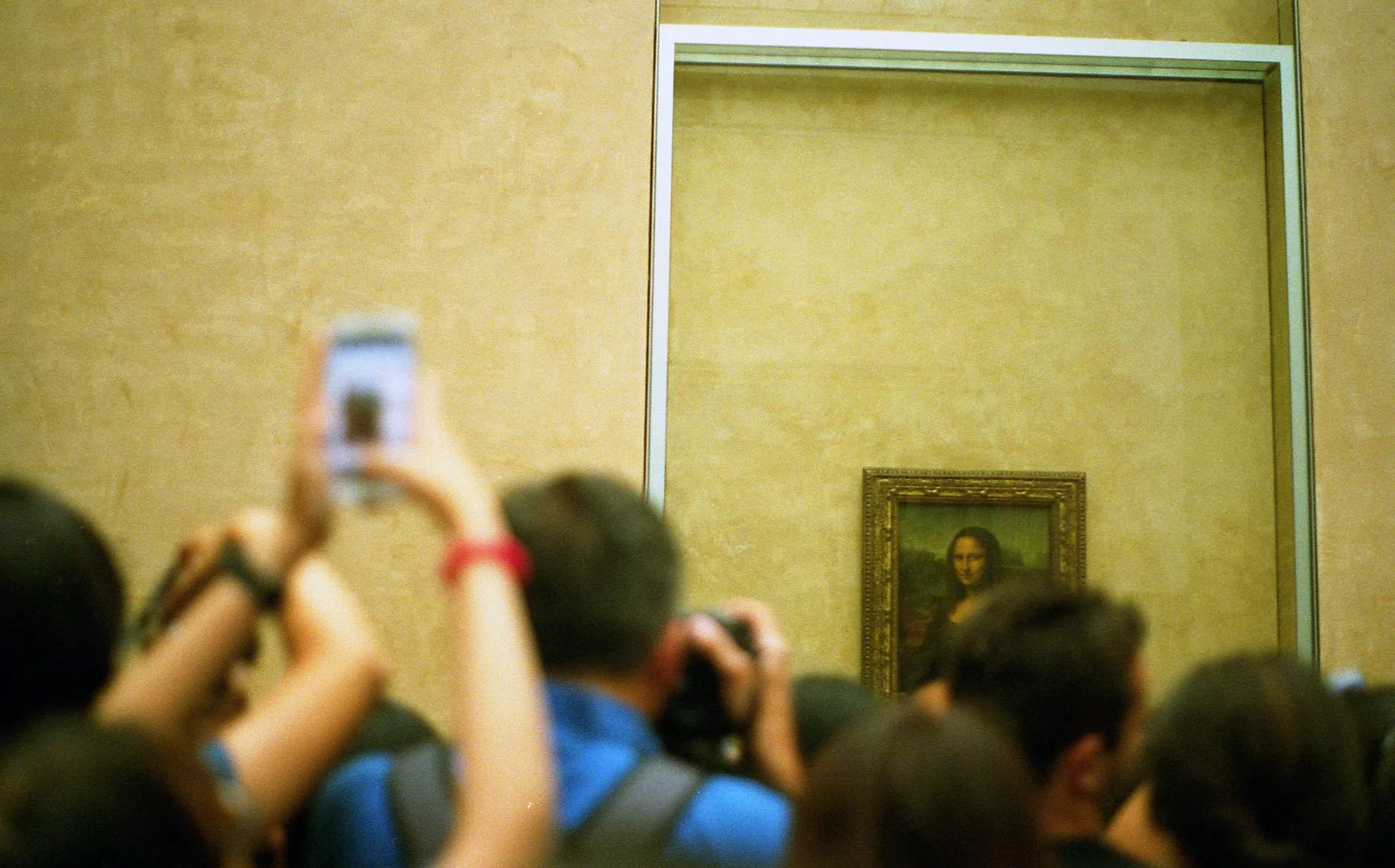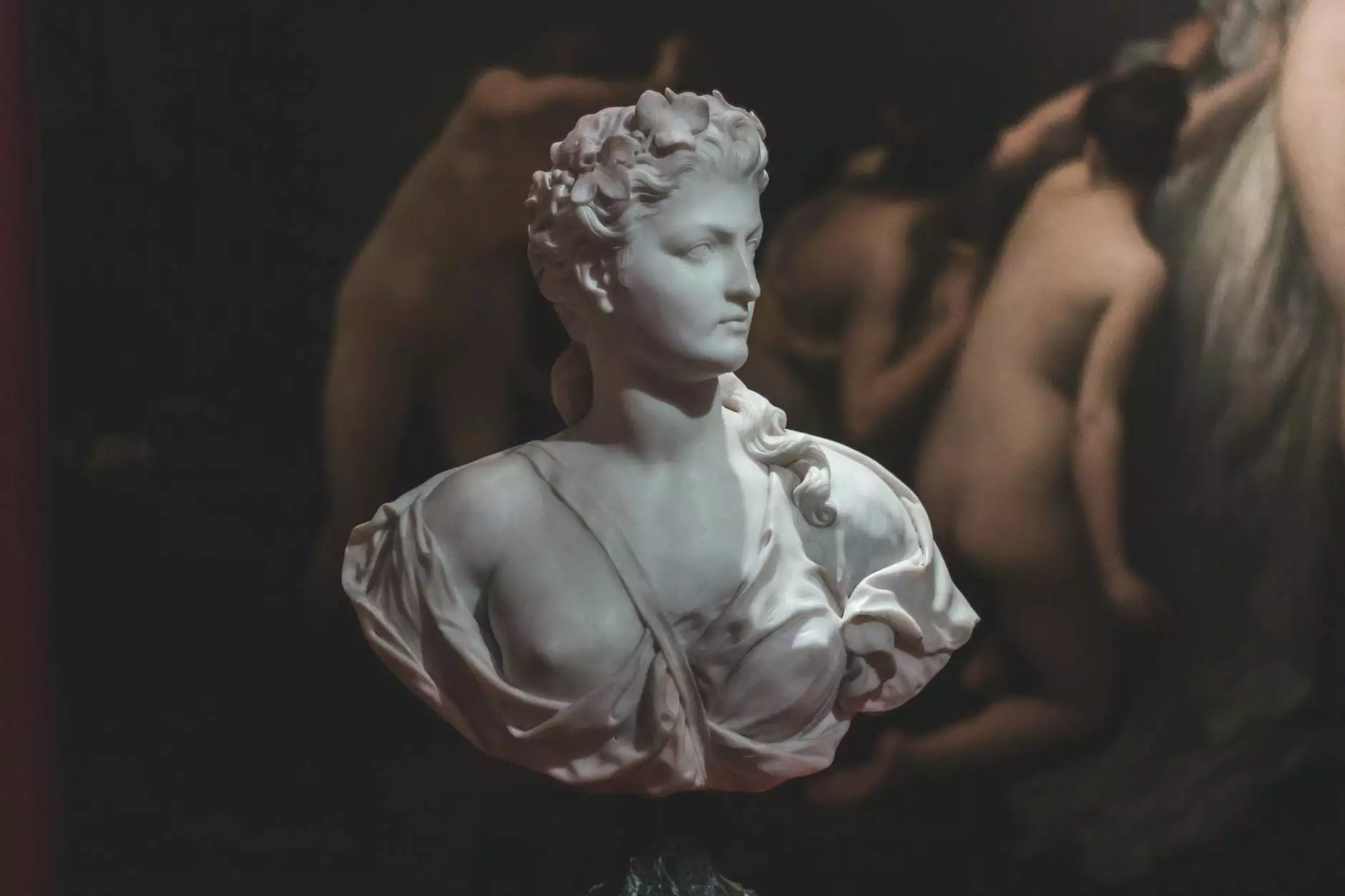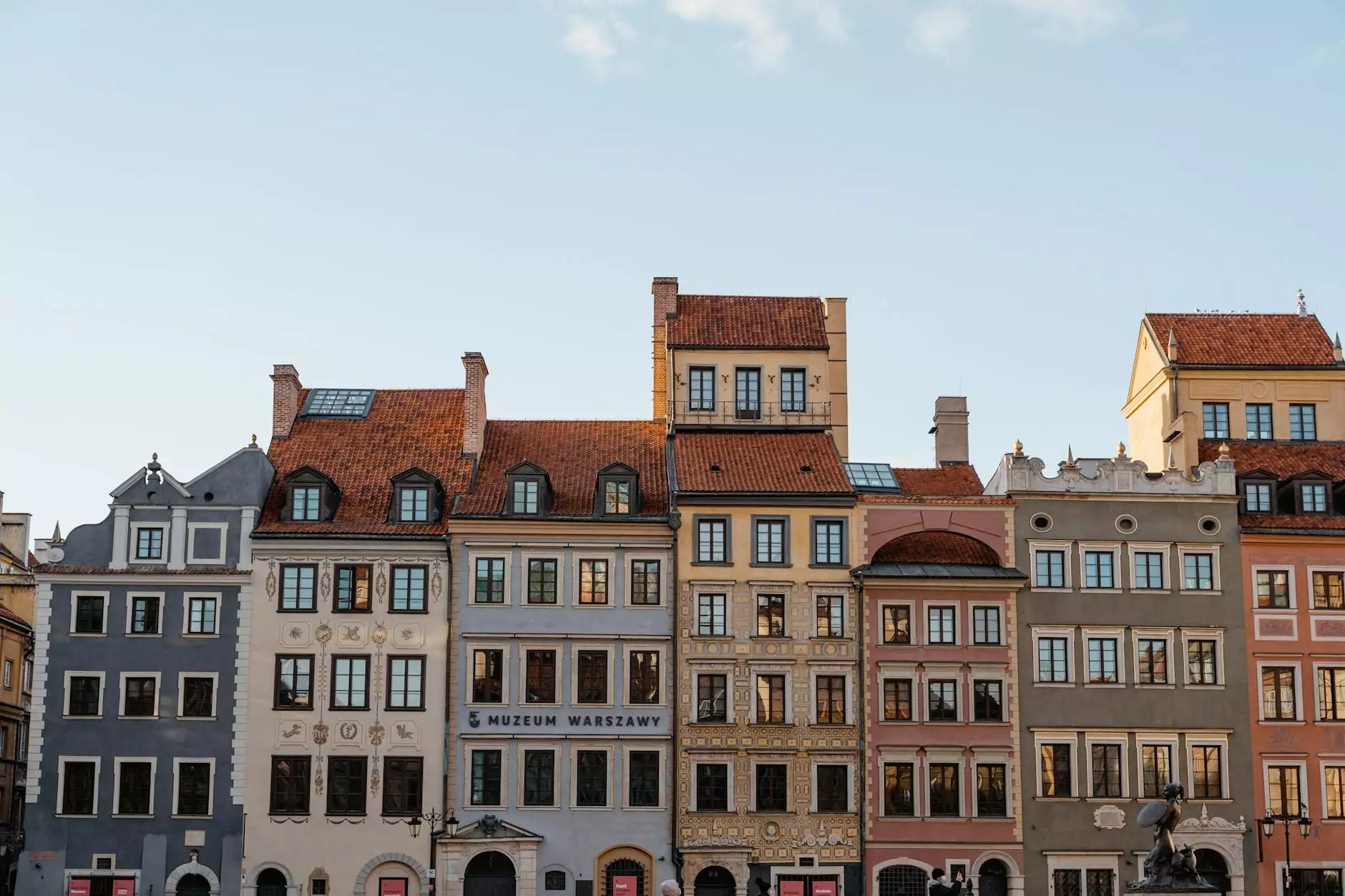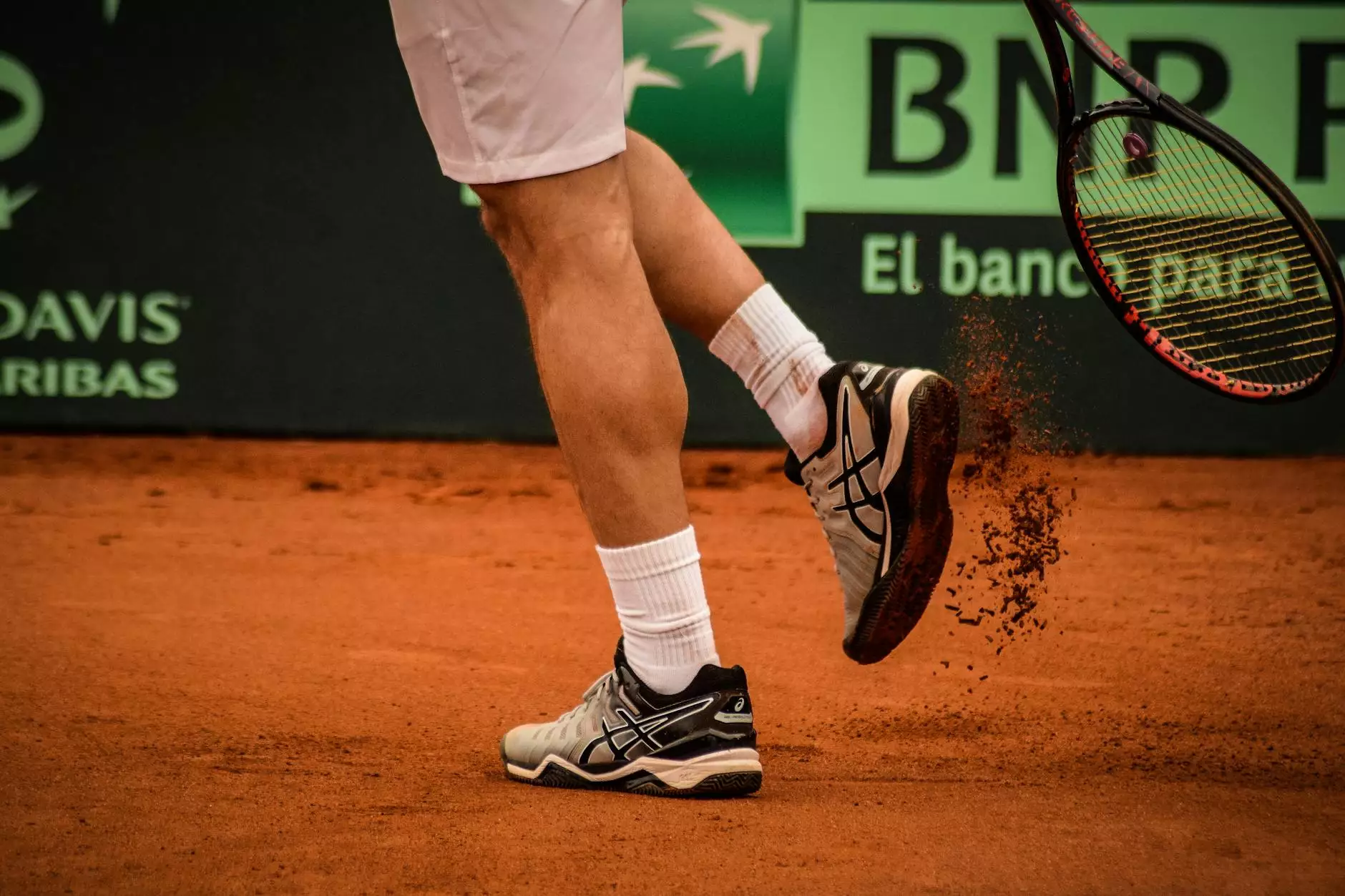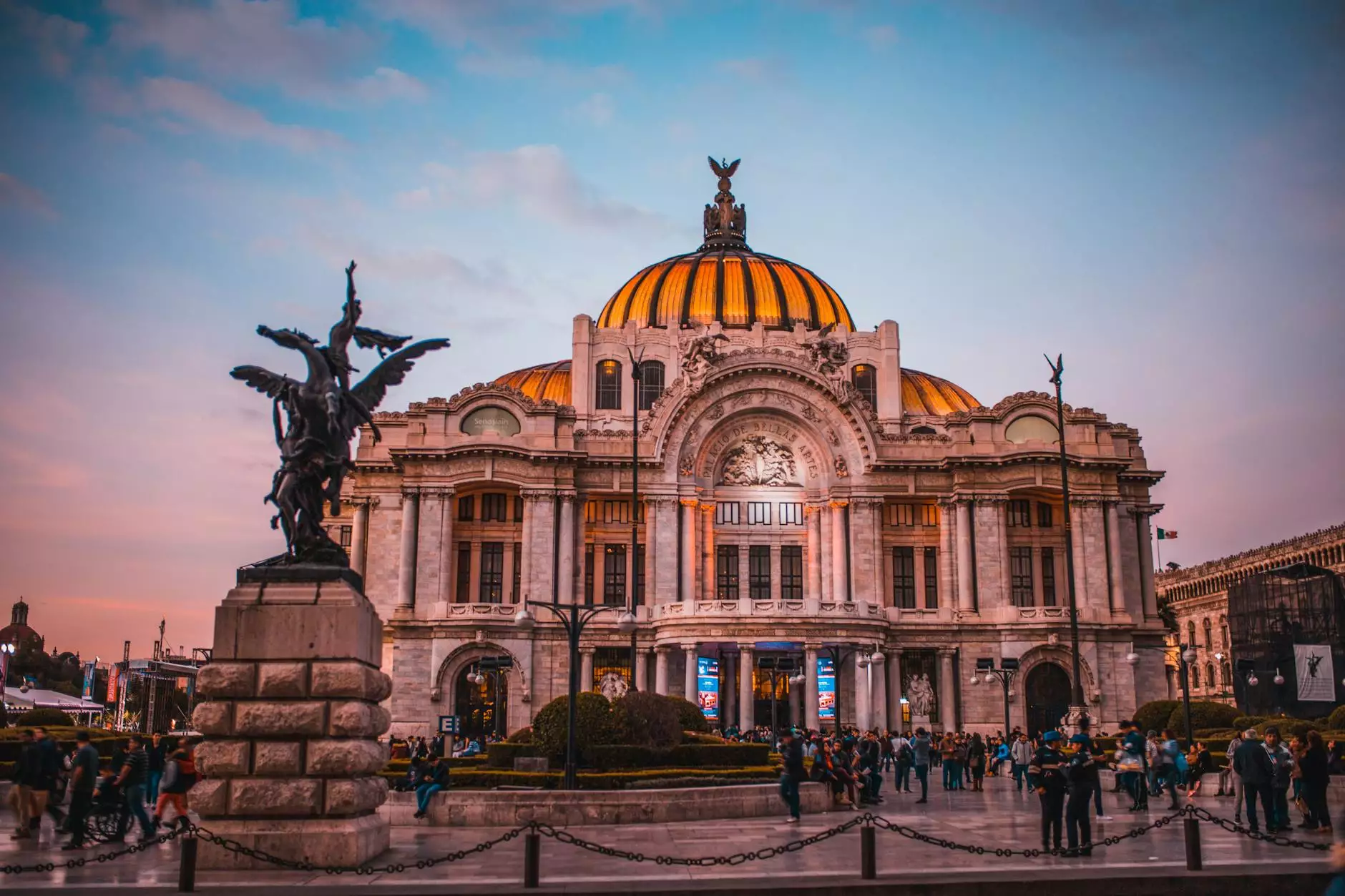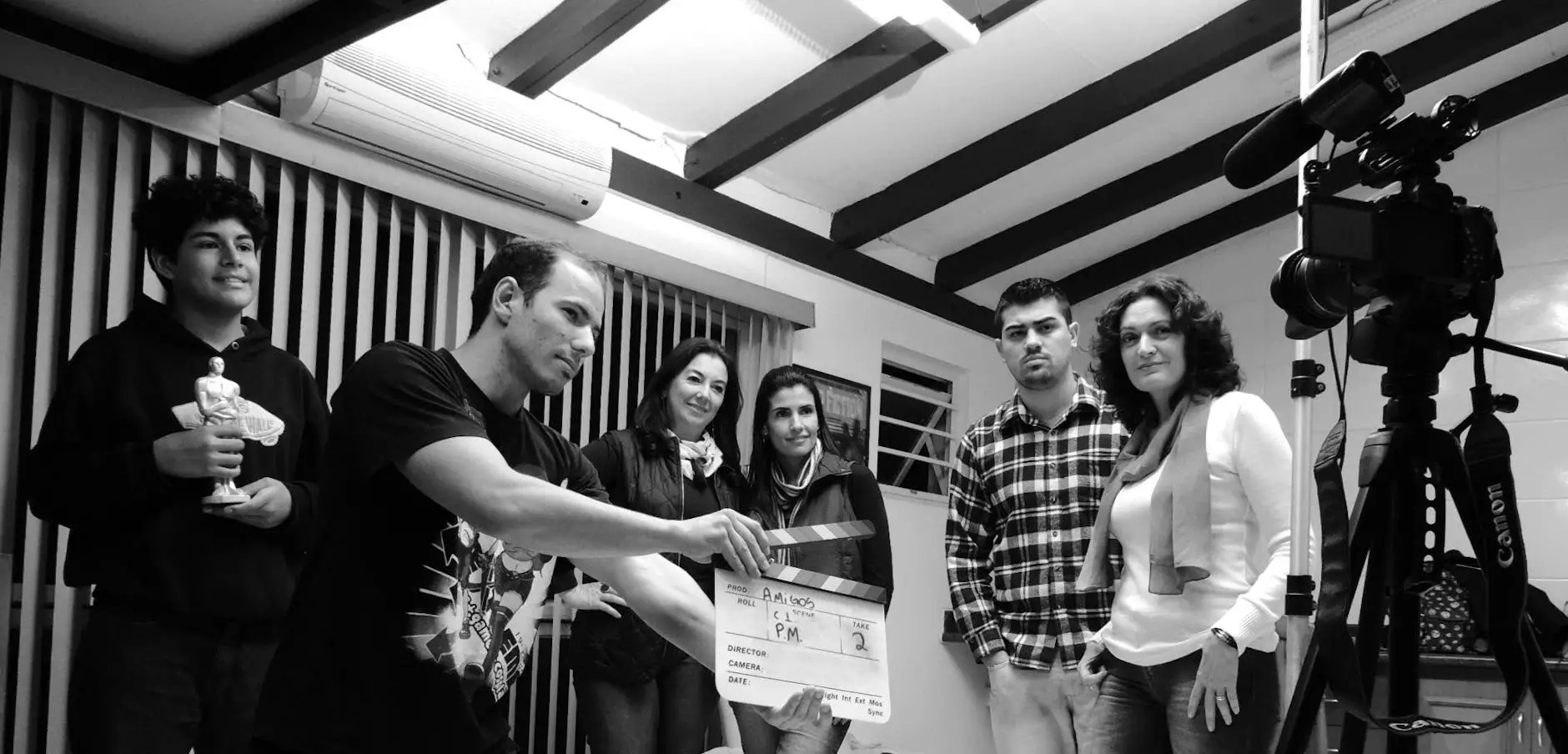Going Global: Abstract Art at Mid-Century

Introduction
Welcome to Marjorie Cowley's exhibition, "Going Global: Abstract Art at Mid-Century." Immerse yourself in the rich tapestry of abstract art that emerged during this transformative period. Here, we explore the vibrant interplay of artistic innovation, cultural exchange, and global creativity that shaped the mid-century art scene.
The Significance of Mid-Century Abstract Art
Mid-century abstract art represents a pivotal moment in art history. Amidst the aftermath of World War II, artists across the globe sought to redefine artistic boundaries, encapsulating the spirit of an era marked by rapid social, political, and technological change. This exhibition celebrates the groundbreaking works that emerged during this period, offering a glimpse into the artistic revolution that transformed the world of art.
The Evolution of Abstract Art
Abstract art at mid-century witnessed a fascinating evolution, with artists experimenting with new techniques, materials, and concepts. From the bold brushstrokes of the Abstract Expressionists to the geometric abstractions of the Minimalists, this exhibition showcases the diverse range of styles and approaches that emerged during this time.
The Abstract Expressionists
At the forefront of mid-century abstract art were the Abstract Expressionists. Led by influential figures such as Jackson Pollock, Mark Rothko, and Willem de Kooning, this movement emphasized emotional expression and spontaneity. Their large-scale canvases, filled with dynamic brushwork and gestural marks, captured the raw intensity of human experience.
The Bauhaus Influence
The mid-century period also saw the lasting impact of the Bauhaus movement. This influential design school, founded by Walter Gropius in 1919, championed a multidisciplinary approach that blurred the boundaries between art, design, and architecture. Bauhaus principles of simplicity, functionality, and beauty in form influenced abstract artists, with their geometric compositions and emphasis on clean lines.
The Rise of Op Art
In the 1960s, Op Art emerged as a significant movement within abstract art. Artists like Bridget Riley and Victor Vasarely explored the perceptual effects of optical illusions, creating artworks that played with the viewer's visual perception. Vibrant colors, repetitive patterns, and precise geometric arrangements defined the mesmerizing and visually engaging world of Op Art.
Discover Unique Perspectives
Through "Going Global: Abstract Art at Mid-Century," Marjorie Cowley invites you to engage with artworks that transcend borders and reflect the universal language of creativity. Every piece on display has been carefully curated to provide a nuanced understanding of how artists from different backgrounds interpreted and shaped abstract art during this remarkable period. Prepare to embark on a visual journey that defies traditional boundaries.
Visit the Exhibition
Plan your visit to Marjorie Cowley's exhibition, "Going Global: Abstract Art at Mid-Century," and delve into the world of mid-century abstract art. Experience the power of artistic expression and witness firsthand how these groundbreaking artworks continue to captivate audiences around the world. Immerse yourself in this dynamic period of art history and let the vibrant brushstrokes, captivating textures, and thought-provoking compositions transport you to a world of boundless creativity.
Conclusion
Marjorie Cowley's exhibition, "Going Global: Abstract Art at Mid-Century," offers a captivating exploration of one of the most significant periods in art history. Discover the transformative power of mid-century abstract art and delve into the revolutionary ideas that shaped this vibrant movement. Prepare to be inspired, enlightened, and moved by the remarkable artworks on display. Join us on this journey through time and immerse yourself in the world of abstract art at its finest.

